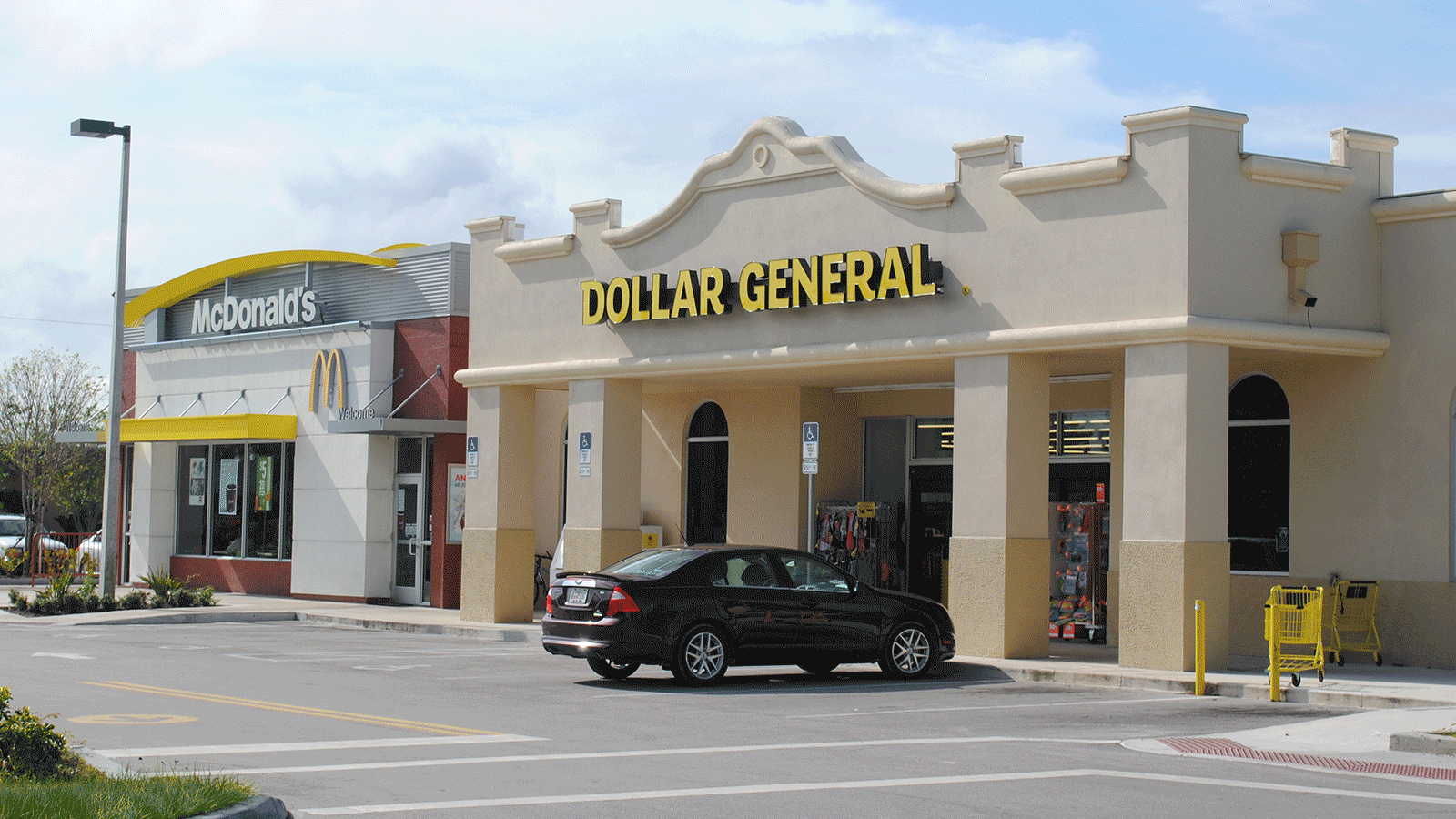Miyazaki's Urbanism
The films of Hayao Miyazaki have been beloved for decades by children and adults alike. Their unique animation and storytelling have revolutionized animated films around the world, they are among the top-grossing animated movies in Japan, and they’ve been nominated for multiple Academy Awards. Spirited Away won the Oscar for Best Animated Feature in 2003, and in 2014 Miyazaki himself was given an honorary award for his impact on cinema.
Miyazaki’s films feature intricately fantastic, yet grounded worlds. But for a few elements, like the aircraft of Castle in the Sky or Porco Rosso, many of them look like they could be real. But Miyazaki has a secret he’s been hiding in plain sight for years: he’s one of the best urban designers and thinkers of our time.
Kiki holding a map of Koriko.
Take, for example, Kiki’s Delivery Service (1989), a beloved movie about a young witch who moves to a big city and uses her flying ability to start a small business. The bulk of the film is set in one of the best-realized fictional cities outside of Dinotopia. The city of Koriko is as fully alive, animated, and detailed as any character. Koriko is a port and appears to sit on several hills on an island in a large bay or estuary. The hilly landscape (and red trams) are reminiscent of Lisbon, the architecture has a Dutch influence, and the clock tower in the town square is like the Torre del Mangia at the Palazzo Publica in Siena. It’s also like Ernest Gimson’s plan for Canberra—although given the obscurity of Gimson, Miyazaki either read Camillo Sitte, the Austrian architect who influenced Gimson’s design, or, as an artist himself, Miyazaki recognized the same principles at work.
A view of Koriko’s clocktower and market square.
Koriko’s buildings are close together and built right to the lot line. The streets are narrow or tree-lined. And there doesn’t appear to be a parking lot anywhere. Only the clock tower exceeds six stories in height, although the scale can be confusing. There’s a real sense of place and life, a lived-in quality that’s often lacking in experimental new towns like Poundbury.
Once in Koriko, Kiki is taken under the wing of an entrepreneurial baker named Osono, who recognizes that Kiki can use her special abilities to earn a living. Osono rents a spare room to her and gives her work in the bakery until her delivery business starts bringing in an income. Osono and Fukuo, who also works at the bakery, live above the shop, while the room Osono rents to Kiki is over a storeroom. Many of the buildings have cafés or restaurants on the ground floor and there are market stalls set up in the square with the clocktower.
Market stalls by Koriko’s clocktower.
Koriko isn’t just a backdrop—it’s a city that works. People sit by fountains to read newspapers. They push baby strollers in parks. They need their bread baked, their fish caught every day. They get breaking news watching the televisions in a shop window. When Kiki first arrives, policemen tell her off for disrupting traffic with her flying; in the film’s climax, Kiki borrows a broom from a janitor or streetsweeper. Were the film longer than 103 minutes, doubtless we would see someone trip on a cobblestone.
People at the park in Koriko.
It might be tempting to write off Koriko as a one-time thing, intricately realized because the story demanded it. But this underestimates Miyazaki’s commitment to world-building. In another early film, Castle in the Sky (1986), a good portion of the movie is set in an unnamed mining village with terraced houses overlooking cliffs. Not only is it beautiful, but when the character Pazzu is attacked, the whole village comes to his aid; lights fill every window and miners fill the street.
Then in Porco Rosso (1992), Porco takes his damaged biplane to Milan to have it repaired. He doesn’t go to the touristy part of Milan. There’s a canal, a bunch of warehouses, and other mundane infrastructure and uses. It’s the polar opposite of Koriko. But what ends up being important is the community Milan supports. Porco’s mechanic, Piccolo, is able to draw upon his relatives in the area to work on the plane and feed everybody.
It is Miyazaki’s emphasis on the human inhabitants of his cities, and the communities they form, that sets him apart from too many real urban planners. He creates cities that are wonderous to behold and to be in, places where people can form strong bonds with one another. His cities are designed to accommodate characters behaving like humans, not maximize vehicle throughput or home values.
A busy Koriko street.
Many filmmakers use cities, or parts of cities, as just conveniently walkable backdrops. Characters walk when they wouldn’t normally walk, to focus the action on the characters and create a sense that the film is moving.
But with Miyazaki it feels like his cities were designed to be cities first, and only afterward turned into a setting. It’s not only filmmakers who have something to learn from Miyazaki. Real cities can take inspiration as well—about how to work, and how to provide real-life wonder to their residents and visitors.
Matthew M. Robare is a Boston-based freelance writer specializing in urbanism and transportation. Follow him on Twitter @MattRobare. His website is www.mattrobarewrites.com.









Public art can do more than add personality and beauty to a space — it can change the way people behave, bring the community together and avoid the resistance other changes to city policy face. It’s time to stop overlooking this powerful and accessible tool and start making our towns stronger, one bucket of paint at a time.